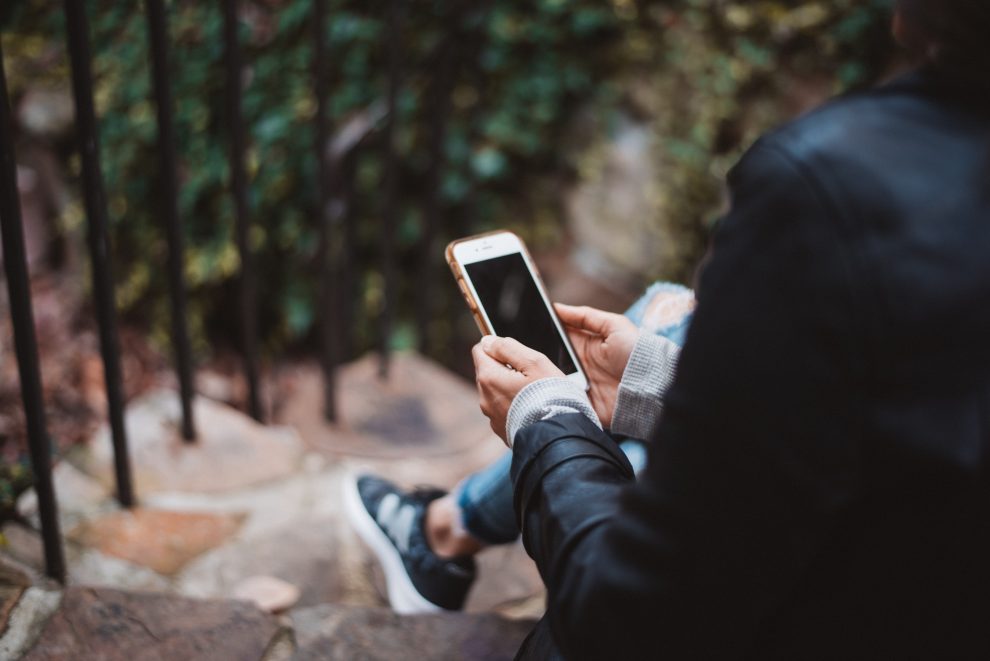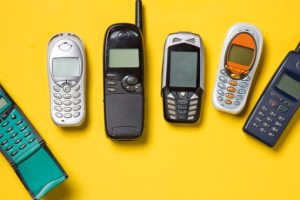Mobile phones have revolutionized the way we communicate and interact with one another. They’ve brought us unprecedented connectivity, but they’ve also had a profound impact on the nature of our social interactions. This article explores the ways in which mobile phones have influenced the dynamics of our social relationships and everyday interactions.
1. Enhanced Connectivity
Mobile phones have made it easier to stay connected with friends and family, regardless of geographical distance. We can now send text messages, make calls, or engage in video chats with loved ones across the world, fostering a sense of closeness even when physically apart.
2. Instant Communication
One of the most significant changes brought about by mobile phones is the speed of communication. Text messages and instant messaging apps allow for quick exchanges of information, plans, and updates. We can get in touch with someone at any time, facilitating immediate responses and reducing delays in our conversations.
3. Social Media and Networking
The rise of social media platforms, accessible through mobile phones, has transformed the way we connect with others. We can maintain and nurture relationships, share experiences, and engage in discussions on a global scale. Social media has expanded our social circles and introduced us to new people and ideas.
4. Social Interaction in the Digital Space
Mobile phones have introduced us to the concept of “digital socializing.” We now engage in online conversations, gaming, and virtual events that replicate and, in some cases, augment real-life social interactions. Digital platforms enable us to socialize beyond physical constraints.
5. Change in Communication Etiquette
The presence of mobile phones has shifted social norms and etiquette. For example, it’s common to see individuals checking their phones during in-person conversations, which can be perceived as rude or inattentive. This change has sparked discussions about the importance of balancing online and offline interactions.
6. Emojis and Visual Communication
The rise of emojis and visual elements in mobile messaging has altered how we express emotions and reactions. Emojis, GIFs, and stickers allow us to convey nuances and sentiments that may not be easily expressed through text alone. Visual communication has become a significant part of our digital conversations.
7. Privacy and Boundaries
Mobile phones have blurred the lines between public and private life. People now have access to our lives through social media and messaging apps, which can sometimes raise concerns about privacy and the need to establish digital boundaries.
8. Loneliness and Isolation
While mobile phones enhance connectivity, they can also contribute to feelings of loneliness and isolation. Excessive screen time and a focus on digital interactions can detract from face-to-face relationships. The illusion of connection through screens may not fully replace the depth of human interaction.
9. Fear of Missing Out (FOMO)
The constant connectivity of mobile phones can foster a sense of FOMO. We may feel compelled to keep up with what others are doing, which can lead to anxiety and a pressure to stay engaged with social media.
10. Balancing Digital and Physical Interactions
In conclusion, the influence of mobile phones on social interactions is complex. They have broadened our horizons, enriched our connections, and accelerated communication. However, they’ve also introduced new challenges in terms of etiquette, privacy, and balancing our digital and physical lives. The key lies in using mobile phones as tools that enhance, rather than replace, our social interactions, allowing us to maintain meaningful connections in both the digital and physical realms.














Add Comment